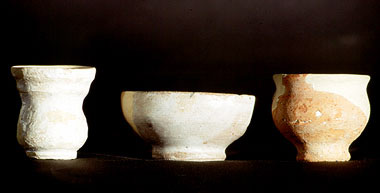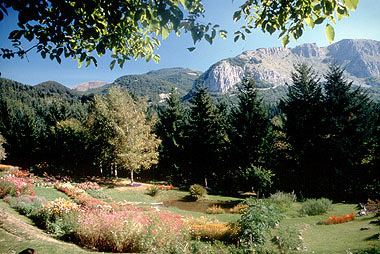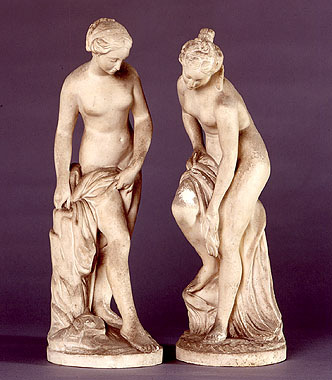Man and his territory in Garfagnana
N° 4 Stops

Information
Recommended season:
Autumn, since then you can gather chestnuts and watch the leaves as they take on a whole range of gorgeous colours.


The environment has been shaped by man to a large extent and the exploitation of woods, pastures and fields is well documented by the many ethnographic museums dedicated to rural life.
Where the mountains didn't offer enough resources for mean survival we can at least reconstruct the emigration process of the local population in search of better fortune.
Recently a crisis of the primary manufacturing activities has led to a new form of administration of the territory focusing on preservation rather than abandon. Regional parks and reserves were created to protect both the mountainous areas of the Apuans and Garfagnana, as well as the lakes and the thick "macchia mediterranea" undergrowth along the coast bordering on the Province of Pisa.
Where the mountains didn't offer enough resources for mean survival we can at least reconstruct the emigration process of the local population in search of better fortune.
Recently a crisis of the primary manufacturing activities has led to a new form of administration of the territory focusing on preservation rather than abandon. Regional parks and reserves were created to protect both the mountainous areas of the Apuans and Garfagnana, as well as the lakes and the thick "macchia mediterranea" undergrowth along the coast bordering on the Province of Pisa.
- BORELLA M., Garfagnana: parco naturale della Toscana, Bologna,1991
- FOLCHI S., Musei etnografici in Toscana, Firenze 1993
- PIERONI S., Parco naturale dell' Orecchiella, Bologna, Italcards, 1994
Following the Serchio river from the surroundings of Lucca towards Garfagnana we climb and reach the first chestnut woods, a culture that is documented here since the Early Middle Ages. For a better understanding of the territory and to discover a unique reality we suggest a visit of the "Museo del Castagno" of Colognora di Pescaglia. Here we can learn all about the processing and exploitation of the chestnut as well as pay a visit to a so called 'metato' where chestnuts were put to dry.
Agriculture in Garfagnana was never really profitable since the soil was poor and land was divided into small plots that couldn't support large families; the only solution then was to emigrate. This important socio-economic factor that dates back to the XVIIth century is illustrated in the "Museo della Figurina di Gesso e dell'Emigrazione" of Coreglia Antelminelli. Here you will find a vast collection of those plaster statuettes made by artisans, emigrants of Tuscan origin, that not only could survive, but also reached success in producing them.
On the Apennines, a rough environment with a rich flora and fauna, it is possible to do a series of interesting excursions and visits to environmental education centres, created in the firm belief that the territory itself is a precious resource to be preserved and appreciated in all its variety. At Colle Fobia near Barga and at San Romano Garfagnana, where you find the "Centro Visitatori of the Orecchiella Park", are two didactic structures focusing on the natural habitat of Garfagnana. Here you can walk for days and days in about 60000 hectares of woodland with its chestnuts, hornbeams, Turkey oaks, alders, birches and beeches that open into heaths and meadows. The paths marked by the "Comunità montana" that has prepared the itinerary for a ten day hike called "Garfagnana Trekking" permit us to cover on foot and admire a territory which is once again home to wolves and golden eagles.
In San Pellegrino in Alpe you can visit the "Museo Etnografico Don Luigi Pellegrini" where you will find information about the rural culture of the Toscana and Appennino Emiliano in an exposition of farmers', shepherds' and artisans' tools together with furniture and other household items. On a clear day from San Pellegrino you will enjoy a complete panorama of Lucca's mountains, from Garfagnana to the Apuans, and to the north you can recognise all the peaks of the Appennino Emiliano. The place is in the 1500-1700 metres a.s.l. zone where the woodland opens towards grassy slopes used as pastures.
Scopri altre attrazioni vicino a Man and his territory in Garfagnana
See allYou may also like..
See allFind more
0







 By car
By car









